ترجمه فارسی توضیحات (ترجمه ماشینی)
خاطرات فرما
من به عنوان فردی که به طور جدی ریاضیات انتزاعی را مطالعه می کردم و پدرش قبل از ورود به مهندسی هسته ای نظریه پرداز اعداد بود، همیشه به مسائل ریاضی دشواری که ریاضیدانان امروزی با آن دست و پنجه نرم می کنند علاقه داشتم. به نظر من این دستاوردی است که در طول عمرم هرگز انتظار نداشتم که حل مسئله چهار رنگ و آخرین قضیه فرما را ببینم. پدرم در سال 1971 فوت کرد و هر دو را از دست داد. اما من مطمئن هستم که او به طور خاص مجذوب و علاقه مند به کاری بود که وایلز و دیگران انجام دادند.
با توجه به علاقه و سابقه ای که دارم باز هم باید بگویم که موضوع منحنی های بیضوی و فرم های مدولار آنقدر انتزاعی و تخصصی است که نمی توانم زبان را بفهمم. بهترین چیزی که میتوانم از آن بگیرم این است که حدسی به نام حدسی تانیاما-شیمورا وجود دارد که نسبتاً قدیمی است و به دهه 1950 باز میگردد. اثبات آن بر قضیه فرما دلالت دارد حتی زمانی که به زیرمجموعه ای از اشکال مدولار در حدس اختصاص داده شود. با این حال، من اطلاعات کمی در مورد توابع بیضی دارم و تقریباً هیچ چیز در مورد فرم های مدولار نمی دانم.
در این کتاب کوچک موزوچی، که میفهمد چه اتفاقی در حال رخ دادن است، ما را از رویدادهای اعلام شده در کمبریج توسط وایلز میگذراند که به نتایجی در مورد تانیاما-شیمورا رسیده است که برای اثبات آخرین قضیه فرما به عنوان نتیجهای برای تصحیح این قضیه کافی است. اثبات و در نهایت کنفرانسی که نتایج را مطالعه و توضیح می دهد.
کتاب فقط سه فصل است. هر کدام نشان دهنده یک تاریخ مهم است. موزوچی در فصل 1 “10 فوریه 1994” به ارائه دراماتیک وایلز در کمبریج و وقایعی که پس از آن منجر شد و منجر به کشف نقصی در بخشی از اثبات شد، میپردازد. او همچنین نتایجی را توضیح میدهد که منجر به سالها کار مخفیانه وایلز روی این مشکل شد.
وایلز یک ریاضیدان باهوش است که در سنین پایین به ریاضیات علاقه داشت، اما زمانی که فرما به عنوان یک ریاضیدان شروع به کار کرد هرگز به طور جدی سعی نکرد روی مسئله کار کند. اما کار او در حوزه اشکال مدولار و توابع بیضوی بود و زمانی که فری در سال 1985 ثابت کرد که حدس شیمورا – تانیاما بر آخرین قضیه فرما دلالت دارد، وایلز می دانست که در زمان مناسب در مکان مناسب برای مقابله با این مشکل معروف است.
مقدمه وایلز برای مقاله خود که در Annals of Mathemaics منتشر شده است در کتاب به عنوان ضمیمه A آمده است. پیشرفت ریاضی که او توصیف می کند برای کسی که در این نظریه تخصص ندارد قابل درک نیست اما تفکر منطقی درگیر و پیشرفت را نشان می دهد. نتایج.
چیزی که در مورد این کتاب منحصر به فرد است این است که موزوچی در بسیاری از ارائه هایی که در کتاب توضیح می دهد حضور داشت و آنها را از منظر تاریخی از طریق تصاویر، نوارهای ضبط شده، یادداشت ها و ایمیل ضبط کرد. او از طریق ایمیل برخی از مشاهدات دیگر ریاضیدانان مشهور را که با وایلز کار می کردند تا به اصلاح نقص در اثبات کمک کنند، ارائه می دهد. این شامل Faltings و Taylor است.
تصاویر زیبای زیادی در سراسر کتاب وجود دارد که مکان ها و افراد درگیر در داستان را نشان می دهد، از جمله تصویری زیبا از فاین هال در پاییز 1995 (گروه ریاضیات در پرینستون جایی که وایلز دفتر خود را داشت و سخنرانی های معروف فارغ التحصیلی خود را برگزار می کرد).
10 فوریه 1994 تاریخی بود که وایلز یک کلاس فارغ التحصیلی را در سالن تاپلین در سالن فاین آغاز کرد و در آنجا جزئیات نتایج خود را به جامعه ریاضیات ارائه کرد و به تلاش خود برای حل شکاف در اثبات ادامه داد. در این زمان بود که شاگرد سابقش ریچارد تیلور در تعطیلاتش از کمبریج در تلاش به او پیوست. با این حال، کار آنها مسکوت ماند و آنها حتی به عموم مردم اعتراف نکردند که تیلور برای این منظور آمده است، اگرچه بسیاری از ریاضیدانان آنجا به آن مشکوک بودند.
فصل دوم با عنوان «28 شهریور 94» به کارهایی می پردازد که برای رفع این شکاف انجام شده است. رویکرد اولیه وایلز کارساز نبود و سرانجام مجبور شد آن را رها کند، اما با بررسی تیلور متوجه شد که چرا بیهوده است و چگونه یک خط استدلال قبلی می تواند کار کند. این مانند یک مکاشفه بود و موزوچی آن را با نقل قول از وایلز به بهترین شکل بیان می کند.
28 شهریور 94 تاریخ ظهور بود. این فصل پیشرفتی را که منجر به مقاله نهایی شد و مقاله جداگانه ای با تیلور که اثبات را اصلاح کرد، توضیح می دهد. در این فصل موزوچی توصیف خوبی از وایلز به عنوان یک ریاضیدان و یک شخص واقعاً “خوب” ارائه می دهد. او اشاره می کند که اگرچه ویلز باهوش بود، اما ریاضیدان برتر رشته خود به حساب نمی آمد. این تمایز به گرد فالتینگز آلمانی باهوش تعلق داشت که همکار وایلز در پرینستون بود. فالتینگز برنده مدال معتبر فیلدز شد و نظریه اعداد را متحول کرد. برخی فکر می کنند که مخفی کاری وایلز از ترس این بود که فالتینگز ابتدا مشکل را حل کند. با این حال در 21 آوریل 1995 وایلز در دانشگاه ییل سخنرانی کرد که در آن اثبات شد. Faltings نقش مهمی را به عنوان داور کلیدی ایفا کرد که پس از بررسی اثبات صحت آن را اعلام کرد و در ژوئیه 1995 یک طرح چهار صفحه ای از اثبات را در اطلاعیه های انجمن ریاضی آمریکا ارائه کرد.
فصل پایانی “9 آگوست 1995” کنفرانسی را پوشش می دهد که در 9 آگوست در دانشگاه بوستون آغاز شد. این کنفرانس آموزشی برای دانشجویان تحصیلات تکمیلی در رشته ریاضیات بر روی کار وایلز و کارهای مرتبط قبلی متمرکز بود.
تعداد صفحات عکس به تعداد متن وجود دارد. موزوچی همچنین فهرستی از ریاضیدانان مشهور درگیر در داستان و همچنین فهرستی از تمام عکس ها را ارائه می دهد. پیوست D با بررسی رام مورتی از مقالات
As a person who seriously studied abstract mathematics and one whose father was a number theorist before entering nuclear engineering, I have always had an interest in the difficult mathematical problems that today’s mathematicians are tackling. It seems to me to be an achievement I never expected in my life time to see the four color problem and Fermat’s last theorem both solved. My father died in 1971 and missed out on both. But I am sure he would have been particularly fascinated and interested in what Wiles and others did.
Given my interest and background, I still have to say that the subject of elliptic curves and modular forms is so abstract and specialized that I can’t understand the language. The best I can make out of it is that there is this conjecture called the Taniyama-Shimura conjecture that is fairly old,dating back to the 1950s. Its proof implies Fermat’s theorem even when specialized to a subset of the modular forms in the conjecture. Yet I know little about elliptic functions and almost nothing about modular forms.
In this little book Mozzochi, who understands what was going on, takes us through the events from the announcement in Cambridge by Wiles that he has attained results on Taniyama-Shimura that is enough to prove Fermat’s Last Theorem as a corollary to the correction of the proof and finally a conference that studies and explains the results.
The book is just three chapters. Each represents a significant date. In Chapter 1 “February 10, 1994”, Mozzochi discusses the dramatic presentation by Wiles in Cambridge and the events that followed and led to a discovery of a flaw in part of the proof. He also explains the results that led up to Wiles very secretive years of work on the problem.
Wiles is a bright mathematician who had an interest in mathematics at an early age but never seriously attempted to work on Fermat’s problem when he embarked on his career as a mathematician. But his work was in the area of modular forms and elliptic functions and when Frey in 1985 proved that the Shimura – Taniyama conjecture implies Fermat’s Last Theorem, Wiles knew he was at the right place at the right time to tackle this famous problem.
Wiles’ introduction to his paper that appeared in the Annals of Mathemaics is contained in the book as Appendix A. The mathematical development that he describes is not comprehensible to anyone not specializing in this theory but it does show the logical thinking involved and the progression of results.
What is unique about this book is that Mozzochi was at many of the presentations that he describes in the book and he recorded them from an historical perspective through pictures, tape recordings, notes and email. Through email he presents some of the observations of other famous mathematicians who worked with Wiles to help correct the flaw in the proof. This includes Faltings and Taylor.
There are many nice pictures throughout the book showing the places and people involved in the story including a beautiful picture of Fine Hall in the fall of 1995(the Mathematics Department in Princeton where Wiles had his office and held his famous graduate lectures).
February 10, 1994 was the date that Wiles began a graduate class in Taplin Auditorium in Fine Hall where he would present the details of his results to the mathematics community and continue his quest to resolve the gap in the proof. It was at this time that his former student Richard Taylor joined him on his sabbatical from Cambridge in the effort. However, their work was kept quiet and they didn’t even acknowledge to the public that Taylor came for that purpose, though many of the mathematicians there suspected it.
Chapter 2 titled “September 19, 1994” goes through the work that was done to close the gap. Wiles original approach was not working and he eventually had to abandon it but through the probing of Taylor he discovered why it was futile and how an earlier line of reasoning could work. This was like a revelation and Mozzochi expresses it best by quoting Wiles.
September 19, 1994 was the date of the revelation. The chapter explains the breakthrough that led to the final paper and the separate article with Taylor that patched the proof. In this chapter Mozzochi gives a nice description of Wiles as a mathematician and a truly “nice” person. He points out that although he was bright, Wiles was not considered the top mathematician in his field. That distinction belonged to Gerd Faltings a brilliant German who was a colleague of Wiles at Princeton. Faltings won the prestigious Fields medal and had revolutionized number theory. Some think that Wiles secretiveness was out of fear that Faltings would solve the problem first. However on April 21st 1995 Wiles delivered a lecture at Yale University where he detailed the proof. Faltings played an important role as the key referee who after reviewing the proof announced its correctness and in July 1995 presented a four page sketch of the proof in the Notices of the American Mathematical Society.
The final chapter “August 9, 1995” covers the conference that began on August 9th at Boston University. This instructional conference for graduate students in mathematics concentrated on Wiles’ work and earlier related works.
There are as many pages of pictures as there are text. Mozzochi also presents a list of the famous mathematicians involved in the story as well as a listing of all the photographs. Appendix D with Ram Murty’s review of the papers from the instructional conference at Boston University presents some detailed mathematics.
Buy this book if you are interested in Wiles’ work from a historical perspective. It gives you a view of the man and the personal drama of trying to correct a proof that had been announced to the world and received tremendous media attention.
However, if you are looking for a deep understanding of the results look for a technical mathematics text. Any serious study of the mathematics would be difficult. As is pointed out by Mozzochi even at a one of Wiles’ presentation for so-called laypersons, the room was filled with famous mathematicians including several Field’s medalists.
The book achieves its goal. If you want a more detailed account, sketching the mathematical ideas for the layperson, the book by Singh is probably more appropriate.

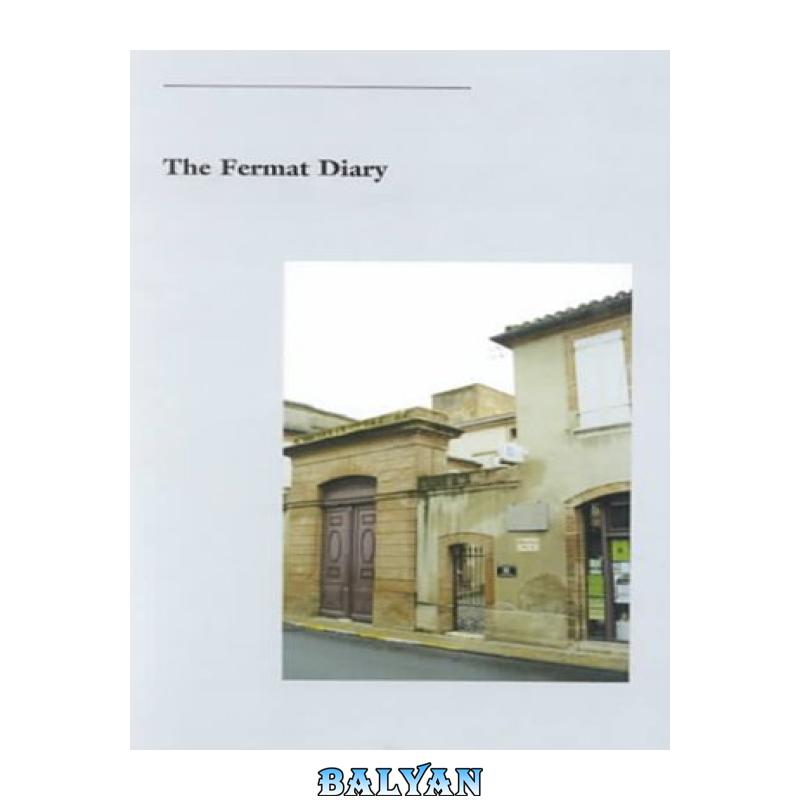


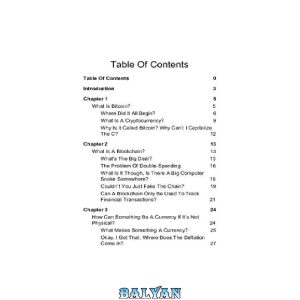
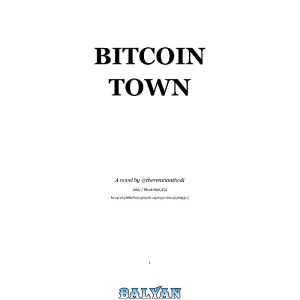

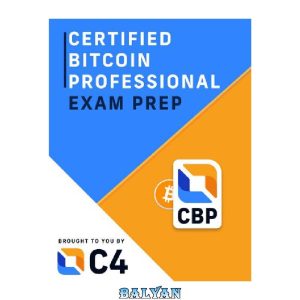

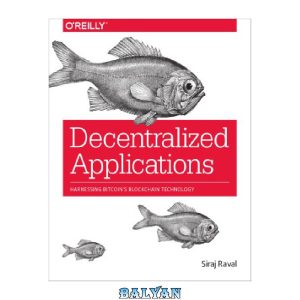


نقد و بررسیها
هنوز بررسیای ثبت نشده است.